An Interview with Visual Artist Page Zekonis
The women in Page Zekonis’s family were all wonderful storytellers; they filled her childhood with fascinating stories about her ancestors and the lands that they lived on in Louisiana. After discovering a passion for photography in high school, Zekonis began to tell stories of her own, though unlike her ancestors, her medium was visual art. Zekonis reflects that from a young age, “visual art became my way of seeing the world, and the way I made sense of it.”

Turbulence
When Zekonis first arrived to college in the 70s, she had no idea that an art major even existed. She dabbled in art history and photography classes before finding a niche fine art department at Rochester Institute of Technology in New York. She quickly transferred to study photography. With humor Zekonis recalls having little interest in the precision and technicality of photography. Instead, she wanted to alter her photos by layering them with marks, scratches, and pencil drawings.
Zekonis’s artistic interests soon expanded to include painting and drawing. “I didn’t want to see the world through rectangles anymore,” she explained. Back home in Washington D.C., Zekonis began to take drawing classes. Then, she bought paint, and taught herself how to use it.
It wasn’t until Zekonis attended Maryland Institute College of Art in Baltimore that she began to truly see herself as an artist. Earning her MFA was “an incredible experience,” she shares. The program challenged students to spend full days in their open studio and had a dynamic visiting artist program. Zekonis explains that “the process of watching other people create and explore has always been part of my process…I learn so much through osmosis.”
MICA also opened up Zekonis’s world to teaching art, something that has given great meaning to her life. In 2003, Zekonis began teaching art classes to youth out of her studio in Boulder, which evolved into her current business, Open Window Studio. Now located on a family farm in Longmont, programming is designed for all ages and experience levels. Classes, workshops, and camps are offered in painting, drawing, mixed media, and ceramics. Open Window Studio “is a place to create alongside community.”
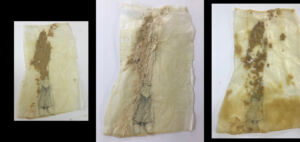
‘on the shoulders’ – clay triptych
Zekonis sees herself as a successful teacher in part because she is a practicing artist, who like her students, continues to explore and learn from her creative calling. At the core of Zekonis’s work, she describes, is the process of “digging in” and looking for layers of meaning. “I create for the process,” she explains, and simply “because I have to.”
Finding the patience and time to look closely at a memory, a feeling, or a subject and create from that is foundational to Zekonis’s paintings. She explains, “Each piece is a representation of a moment of seeing… If I look outside and see a landscape, I want to get into the nitty-gritty. I look at the grounds, and all the marks, and the history. I am not interested in making representational paintings. I look at world around me.” She continues in saying, “Most of my work happens in the studio inspired by a memory, sketch or photograph. From there I explore, invent, conceal and reinvent until the painting settles into itself… I develop paintings over time, by layering color and developing a surface that reflects the process of making the painting. The intangible quality of natural edges, the horizon line, and the effects of light and weather inform me as I work.”
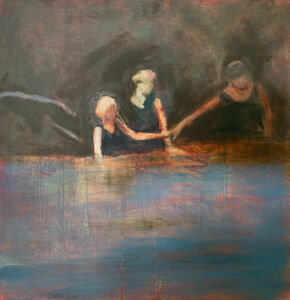
Swim Hole
One of the most salient projects to emerge from Zekonis’s process is her series, “The Creek.” Since 2018, Zekonis has explored her maternal lineage through visual depictions of family stories, memories, and feelings. She explains, “When my mother died, I began a body of work exploring the women and the family lore on her side of the family. Working from memory, old photographs and letters, I find connection between the intangible qualities of memory and the physicality of paint, clay, wax and other materials.” Many of the pieces in the series feature a creek in Amite, LA, where both she and her relatives spent summers. Zekonis reflects, “I’ve always felt pulled to this place.” These paintings are a way for her to understand where she came from and to honor her heritage.
Finding patience for careful observation is foundational to this series. She spends hours studying old black and white photos of her family, some she knew and others she didn’t, so to pick up on subtle details, emotions, and get a glimpse into their world. Then, using paint, photography, wax, drawings, and clay, she tells their story through visual art. Some pieces feature clay harvested from the creek itself, layered on top of a drawing and photo, and then dipped in wax. Through this process, the image becomes altered in time, much like a memory. This project is so emotional and meaningful to Zekonis that she admits it sometimes feels bigger than herself. The series is ongoing, and one day, Zekonis would like to feature it as an instillation.

Hope
Reflecting on her life as an artist, Zekonis highlights the importance of “time” in the art making process. Taking time to be curios, to look, and to consider you surroundings is imperative. It is not always about making something; sometimes we just need to look around. In a world sped up by technology and social media, this quality is even more precious. Secondly, Zekonis emphasizes the need to “care.” “Don’t just care about what you are making,” she urges, “but also about what other people are making.” Take the time to explore other works and learn from other artists. Let go of judgement, self-doubt, and criticism. Let your curiosity lead.
To learn more about Page Zekonis and to view her work, visit https://www.pagezekonis.net

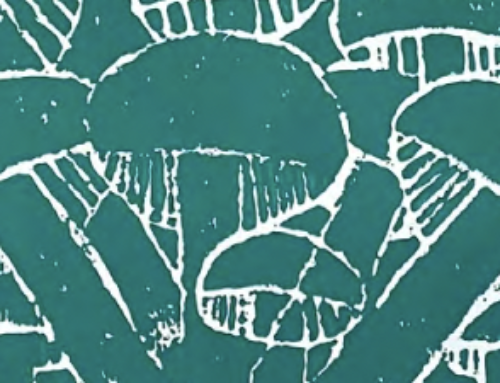
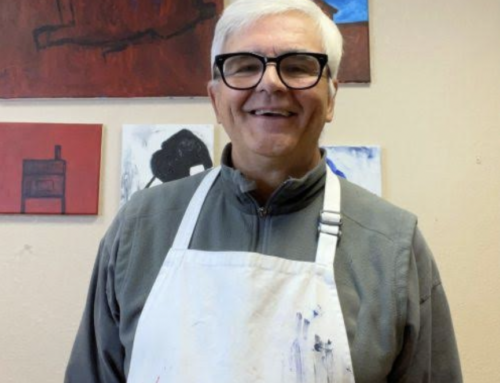

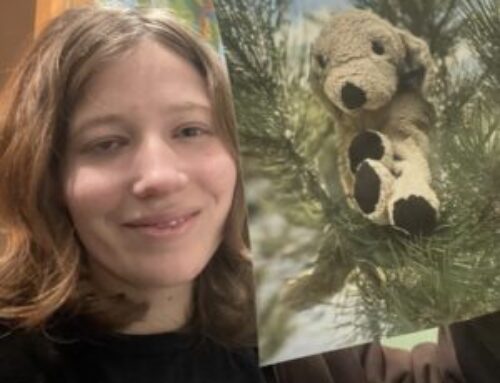
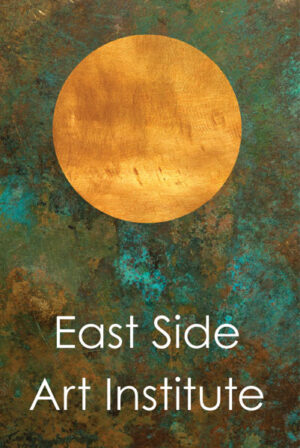
Leave A Comment